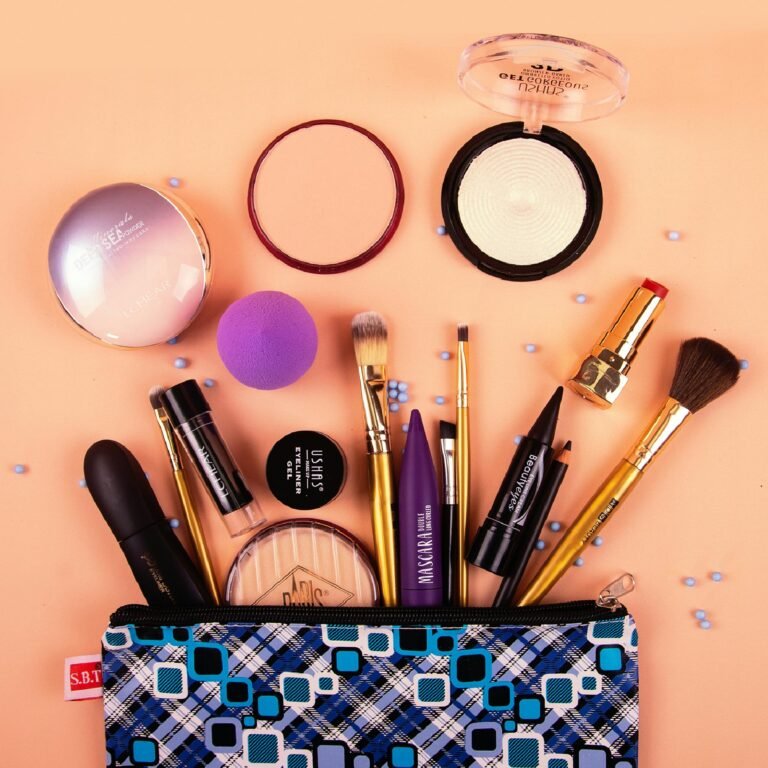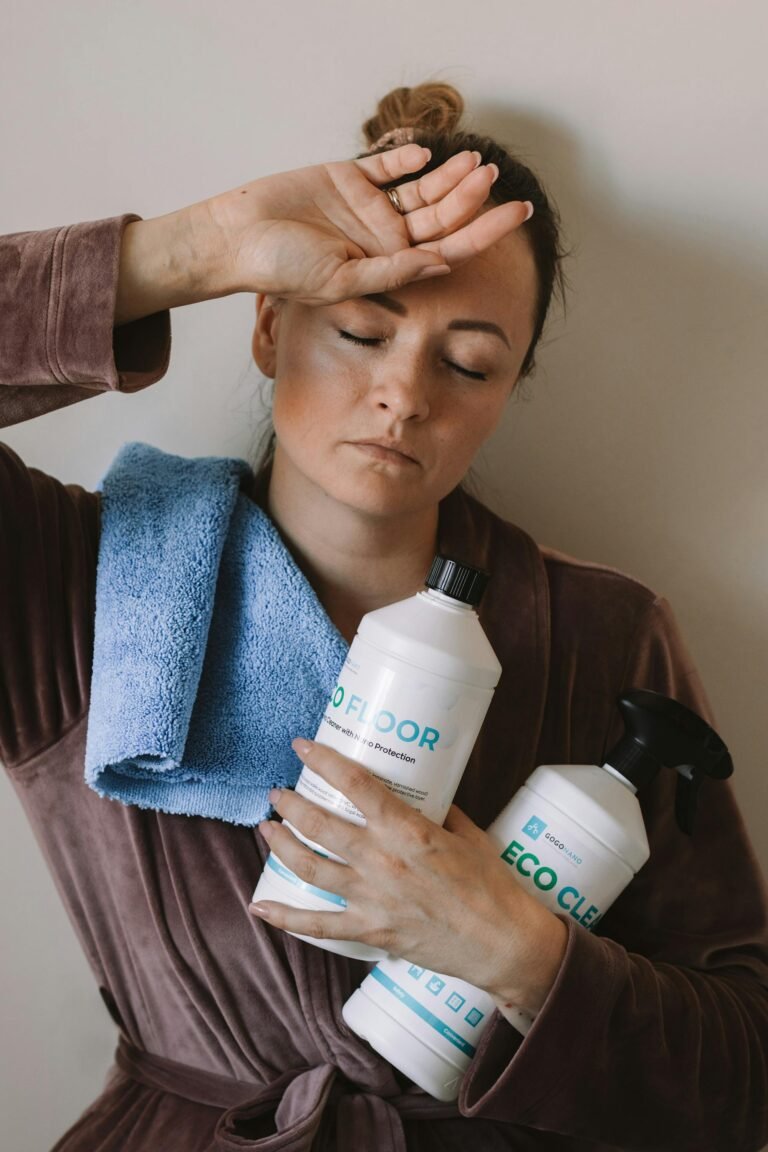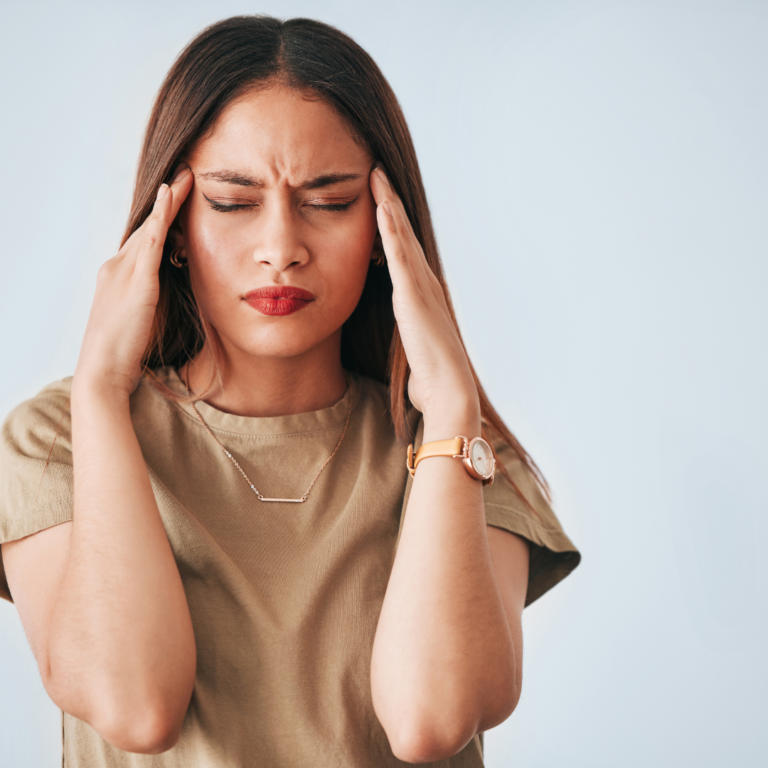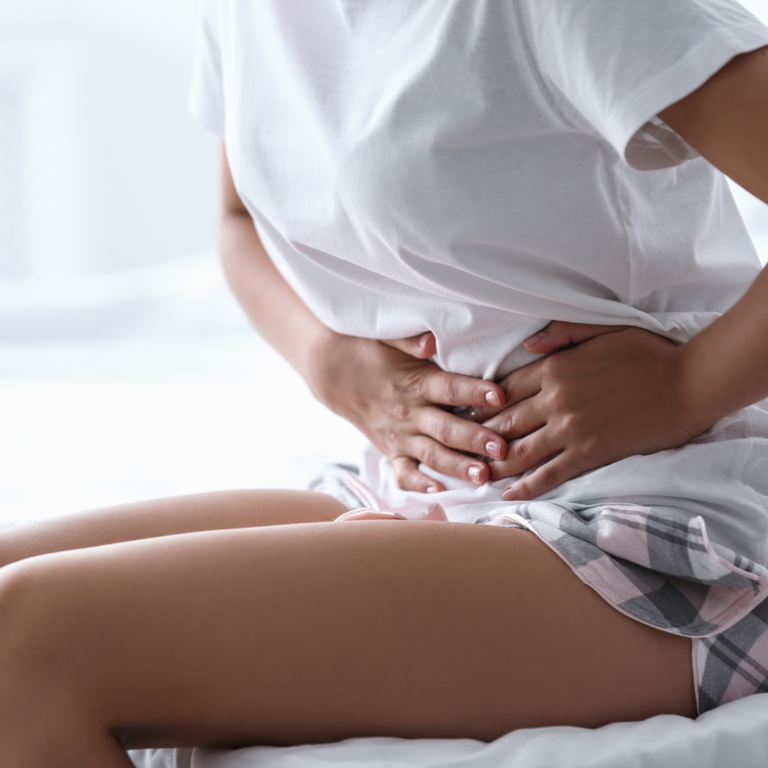Red Light Therapy: Illuminating the Path to Wellness
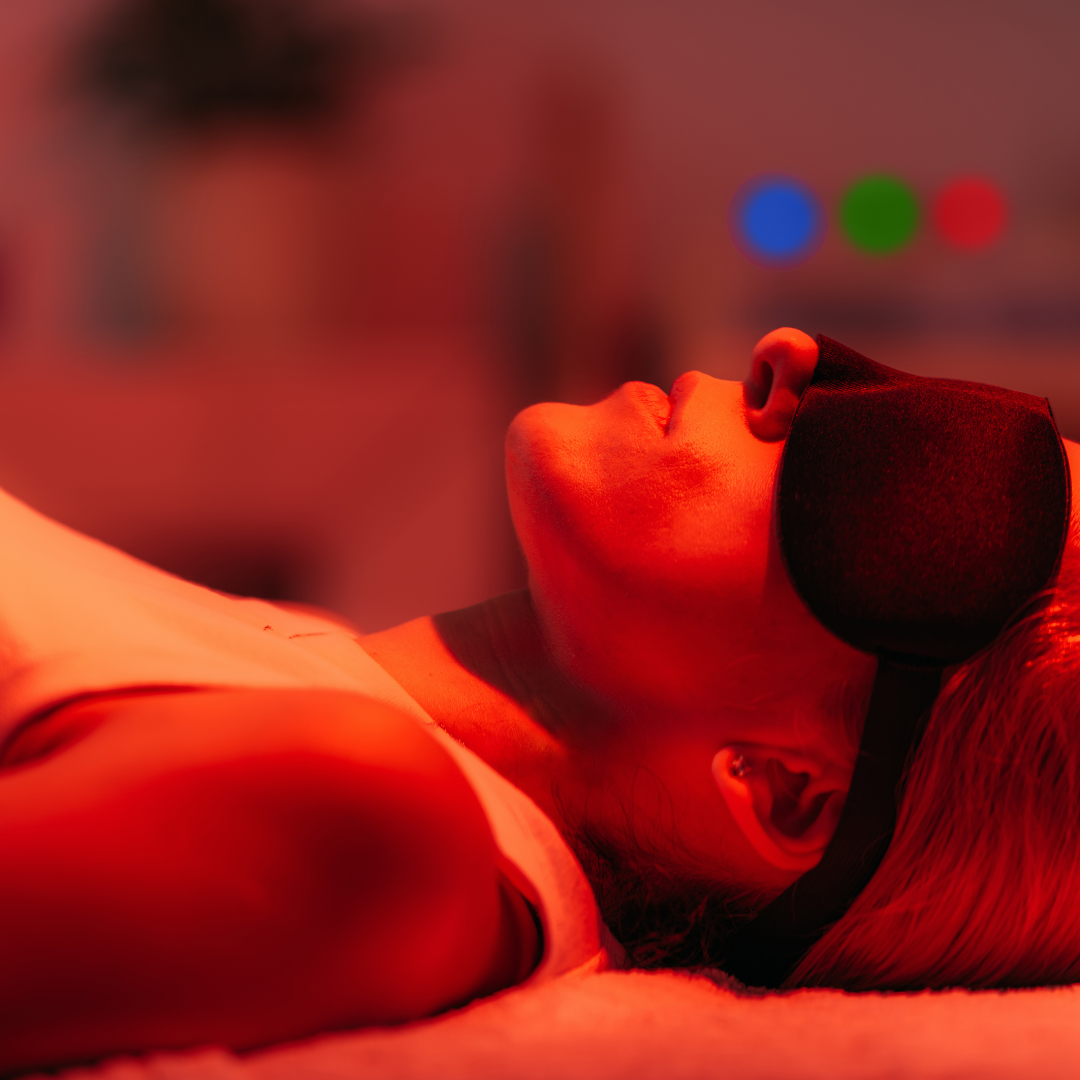
- Types of Red Light Therapy Devices
- Illuminating the Benefits
- Shining a Light on Potential Risks
- Lighting the Path Ahead
As an individual living in Switzerland, you’re likely always on the lookout for innovative ways to enhance your health and beauty routine. One treatment that’s been catching the attention of wellness enthusiasts worldwide is red light therapy. But what exactly is this glowing trend, and could it be the missing piece in your self-care puzzle? Let’s shed some light on the subject!
What Is Red Light Therapy?
Red light therapy, also known as low-level light therapy (LLLT) or photobiomodulation, is a treatment that exposes your body to low wavelength red light. Unlike the harmful UV rays you’re cautioned to avoid, red light is believed to have beneficial effects on your cells and skin.
This therapy has been gaining traction in recent years, with everyone from professional athletes to skincare aficionados singing its praises. But before we dive into the potential benefits, let’s explore how this intriguing treatment actually works.
The Science Behind the Glow
At its core, red light therapy is all about energizing your cells. Here’s a simple breakdown of the process:
- Red light wavelengths penetrate your skin to a depth of about 8-10 millimeters.
- This light is absorbed by your cells, particularly by the mitochondria – often called the “powerhouses” of the cell.
- The light stimulates the mitochondria to produce more energy in the form of ATP (adenosine triphosphate).
- With more energy, cells can function more efficiently and repair themselves more effectively.
It’s like giving your cells a espresso shot, but without the jitters!
Types of Red Light Therapy Devices
Red light therapy comes in various forms, each designed for different purposes:
- Full-body panels: These large devices allow for whole-body treatment.
- Handheld devices: Perfect for targeting specific areas like the face or joints.
- Light therapy masks: Designed specifically for facial treatments.
- Red light beds: Similar to tanning beds, but emitting red light instead of UV rays.
Illuminating the Benefits
Now that we understand the basics, let’s explore some of the potential benefits about red light therapy.
Skin Health and Anti-Aging
Living in the Swiss Alps exposes your skin to harsh weather conditions and intense UV rays. Red light therapy might be your skin’s new best friend. Studies suggest that it can:
- Boost collagen production, reducing the appearance of fine lines and wrinkles
- Improve skin tone and texture
- Reduce inflammation, potentially helping with conditions like rosacea
Imagine maintaining that youthful glow while enjoying all the outdoor activities Switzerland has to offer!
Pain Relief and Inflammation Reduction
Whether you’re an avid skier hitting the slopes of Zermatt or a hiker exploring the Jura Mountains, muscle soreness and joint pain can be unwelcome souvenirs. Red light therapy might help by:
- Reducing inflammation in muscles and joints
- Alleviating chronic pain conditions like arthritis
- Speeding up muscle recovery after intense physical activity
Hair Growth
For those battling with hair thinning or loss, red light therapy offers a glimmer of hope. Some studies indicate that it may stimulate hair follicles, promoting thicker, fuller hair growth. It’s a non-invasive alternative worth considering before resorting to more drastic measures.
Wound Healing
Red light therapy might accelerate the healing process for cuts, burns, and other skin injuries. This could be particularly beneficial if you’re an outdoor enthusiast prone to the occasional scrape or bruise.
Sleep Improvement
Adjusting to a new time zone or dealing with the long summer days in Switzerland can wreak havoc on your sleep schedule. Red light therapy may help regulate your circadian rhythm, potentially leading to better sleep quality. Imagine waking up refreshed and ready to tackle your day, every day!
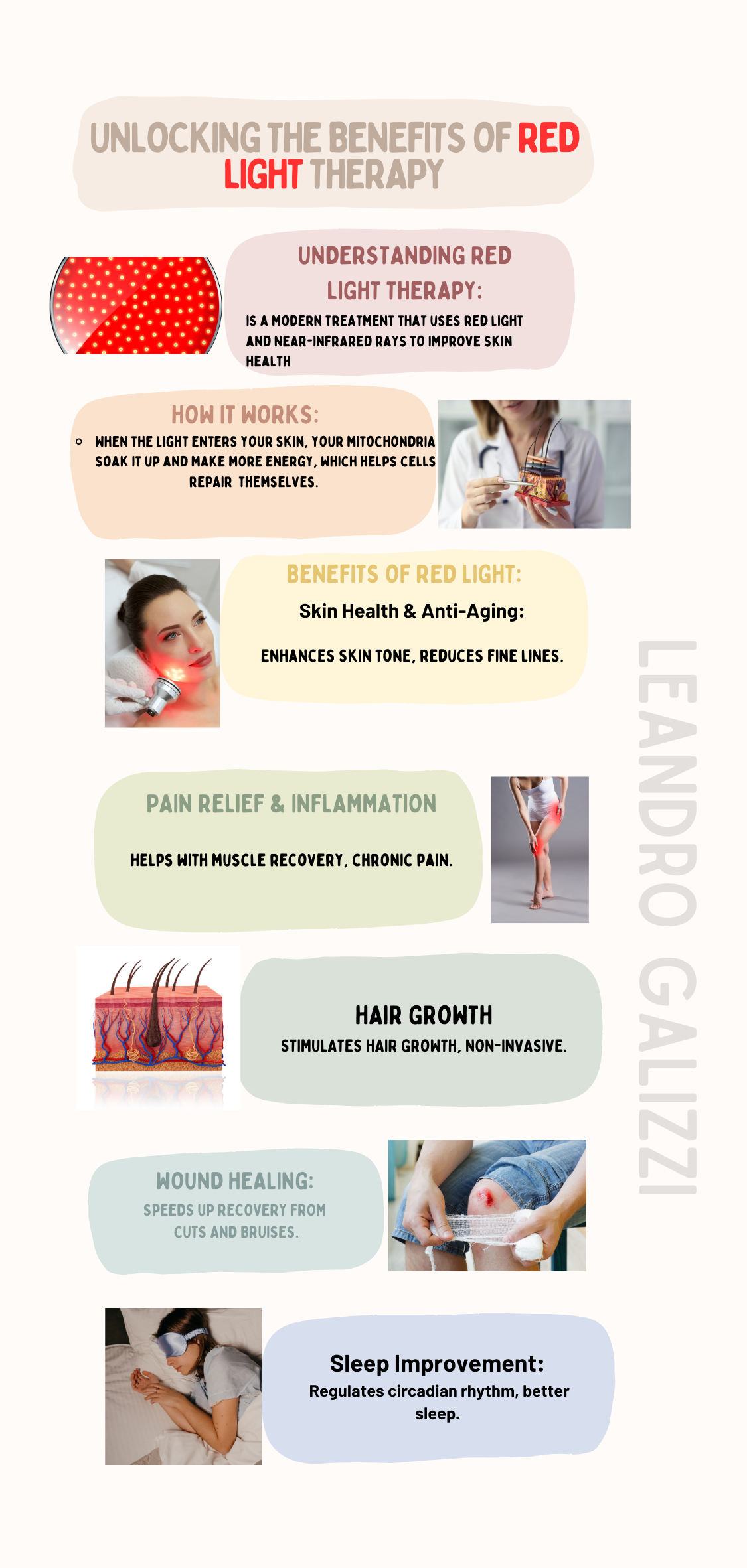
Shining a Light on Potential Risks
While red light therapy is generally considered safe, it’s important to be aware of potential risks:
Eye Safety
The intense light can potentially damage your eyes if proper precautions aren’t taken. Always use protective eyewear during treatments, especially when using full-body or facial devices.
Skin Irritation
Some people may experience temporary redness or irritation after treatment. This usually subsides quickly, but if you have sensitive skin, it’s wise to start with shorter sessions and gradually increase duration.
Medication Interactions
Certain medications can increase your sensitivity to light. If you’re taking any medications, especially those that affect your skin, consult with your healthcare provider before starting red light therapy.
Red Light Therapy in Switzerland: Practical Considerations
Now that we’ve covered the basics, let’s look at how you can incorporate red light therapy into your life.
Availability and Accessibility
Good news! Red light therapy is becoming increasingly available in Switzerland. You can find treatments offered at:
- Wellness centers and spas in major cities like Zürich, Geneva, and Basel
- Some dermatology clinics and medical spas
- Certain fitness centers and gyms
For those preferring the convenience of home treatments, various red light therapy devices are available for purchase online and in some Swiss health and beauty stores.
Integrating Red Light Therapy into Your Routine
Consistency is key when it comes to reaping the benefits of red light therapy. Here are some tips for making it a part of your wellness routine:
- Start slow: Begin with short sessions (3-5 minutes) and gradually increase as your body adjusts.
- Make it a habit: Try to have sessions at the same time each day, perhaps as part of your morning or evening routine.
- Combine with other treatments: Red light therapy can complement other skincare treatments or post-workout recovery routines.
- Stay hydrated: Drink plenty of water before and after your sessions to support your body’s healing processes.
Cost Considerations
As with many wellness treatments in Switzerland, red light therapy can be a bit of an investment. Prices vary depending on the type of treatment and location, but you can expect to pay:
- 50-150 CHF per session at a spa or wellness center
- 200-1000 CHF for a personal device for home use
While it may seem pricey, many expats find the potential benefits worth the cost, especially when compared to other anti-aging treatments or pain management options.
Lighting the Path Ahead
As we wrap up our exploration of red light therapy, it’s clear that this glowing treatment offers a range of potential benefits From combating the effects of Alpine weather on your skin to supporting your active lifestyle, red light therapy could be a valuable addition to your wellness toolkit.
Remember, while the research is promising, red light therapy isn’t a miracle cure. It’s most effective when used as part of a comprehensive approach to health and wellness, including a balanced diet, regular exercise, and good sleep habits.
As with any new treatment, it’s always wise to consult with a healthcare professional before starting, especially if you have any pre-existing health conditions or concerns.
So, are you ready to bask in the glow of red light therapy? Whether you’re looking to turn back the clock on your skin, speed up your post-hike recovery, or simply add a new dimension to your self-care routine, red light therapy might just be the illuminating solution you’ve been searching for in your Swiss adventure.
Have you tried red light therapy? We’d love to hear about your experiences! Reach out if you have any questions about incorporating this radiant treatment into your lifestyle.
References:
1. Avci P, Gupta A, Sadasivam M, et al. Low-level laser (light) therapy (LLLT) in skin: stimulating, healing, restoring. Semin Cutan Med Surg. 2013;32(1):41-52.
2. Wunsch A, Matuschka K. A controlled trial to determine the efficacy of red and near-infrared light treatment in patient satisfaction, reduction of fine lines, wrinkles, skin roughness, and intradermal collagen density increase. Photomed Laser Surg. 2014;32(2):93-100.
3. Hamblin MR. Mechanisms and applications of the anti-inflammatory effects of photobiomodulation. AIMS Biophys. 2017;4(3):337-361.
4. Langella LG, Casalechi HL, Tomazoni SS, et al. Photobiomodulation therapy (PBMT) on acute pain and inflammation in patients who underwent total hip arthroplasty-a randomized, triple-blind, placebo-controlled clinical trial. Lasers Med Sci. 2018;33(9):1933-1940.
5. Liu KH, Liu D, Chen YT, et al. Comparative effectiveness of low-level laser therapy for adult androgenic alopecia: a system review and meta-analysis of randomized controlled trials. Lasers Med Sci. 2019;34(6):1063-1069.
6. Gupta A, Dai T, Hamblin MR. Effect of red and near-infrared wavelengths on low-level laser (light) therapy-induced healing of partial-thickness dermal abrasion in mice. Lasers Med Sci. 2014;29(1):257-265.
7. Zhao J, Tian Y, Nie J, Xu J, Liu D. Red light and the sleep quality and endurance performance of Chinese female basketball players. J Athl Train. 2012;47(6):673-678.
8. Hamblin MR. Shining light on the head: Photobiomodulation for brain disorders. BBA Clin. 2016;6:113-124.
9. Hamblin MR. Mechanisms and Mitochondrial Redox Signaling in Photobiomodulation. Photochem Photobiol. 2018;94(2):199-212.
10. Jagdeo JR, Adams LE, Brody NI, Siegel DM. Transcranial Red and Near Infrared Light Transmission in a Cadaveric Model. PLoS One. 2012;7(10):e47460.
These references provide scientific backing for the claims made about red light therapy's effects on skin health, pain relief, hair growth, wound healing, and sleep improvement. They also support the explanations of how red light therapy works at a cellular level. It's important to note that while these studies show promising results, more research is still needed in some areas. As always, readers should consult with healthcare professionals before starting any new treatment regimen.

